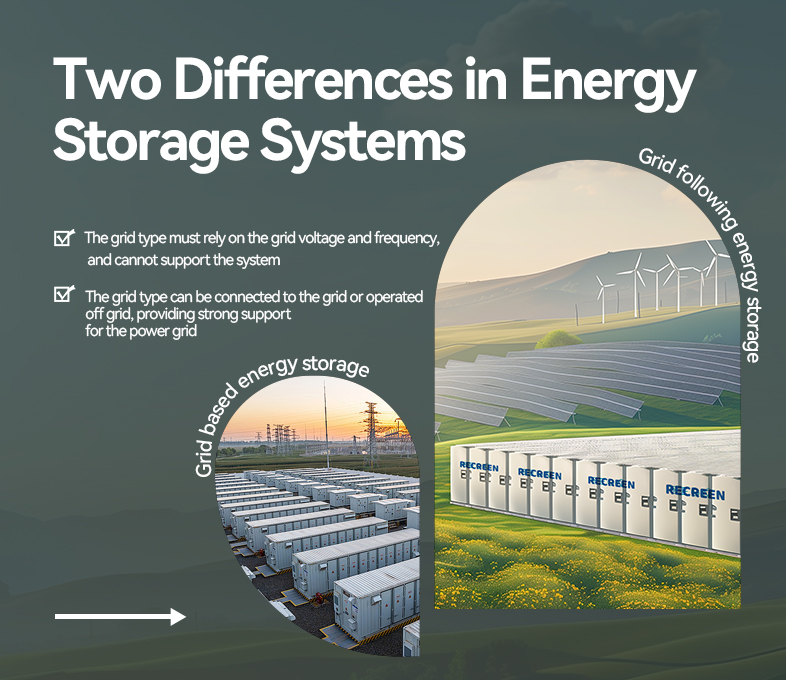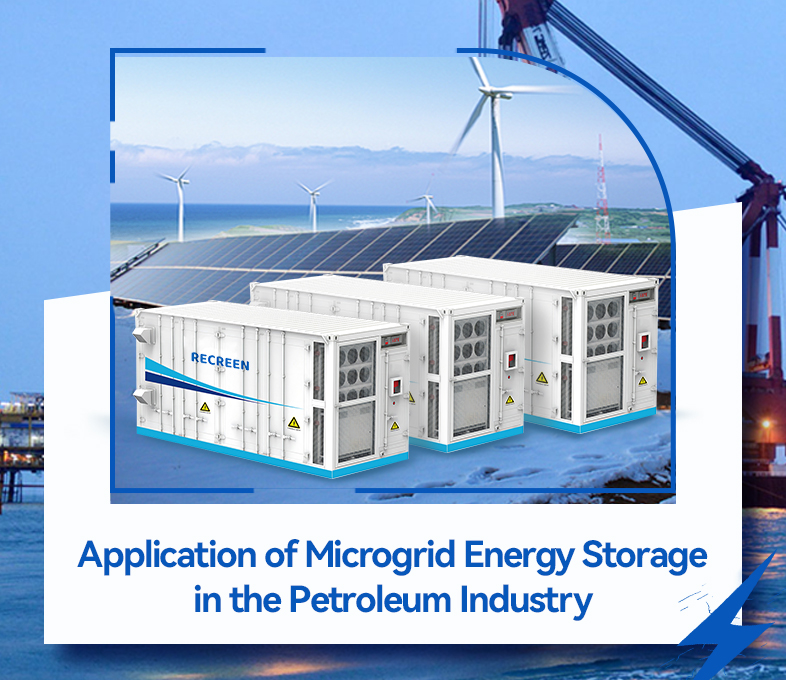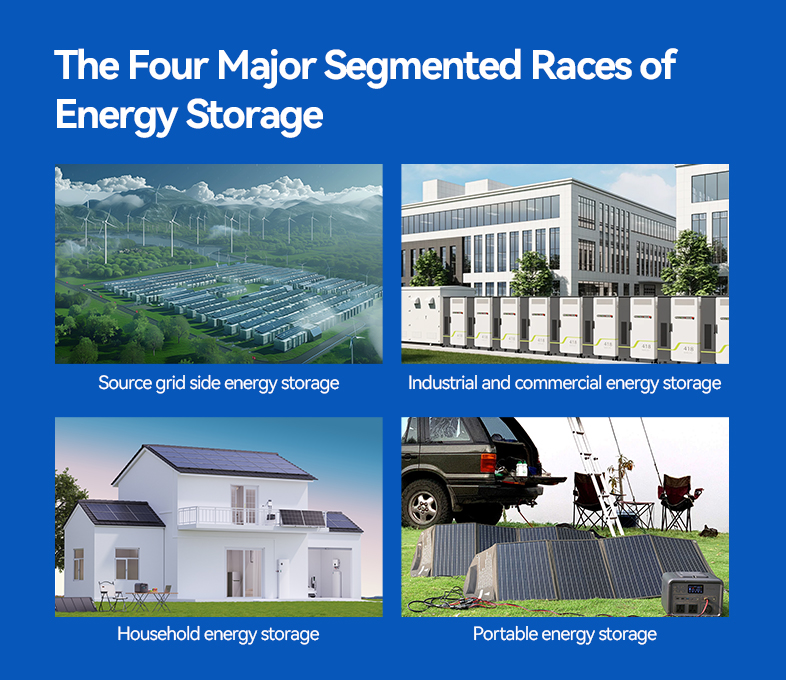In the early days of solar applications, PV systems were mainly used in two forms: grid-connected, which accounted for more than 98% of installations, and off-grid, which made up less than 2%. Grid-connected systems used grid-following inverters, which are current-source devices. These inverters track the voltage and frequency of the grid and output current based on solar irradiance. This is known as grid-following operation.
In contrast, off-grid systems used grid-forming inverters, which are voltage-source devices. They generate a fixed voltage and frequency, with the output current varying according to the load. The charging current depends on solar input. This is referred to as grid-forming operation.
As renewable energy penetration continues to rise and countries restructure their energy mix, the power system’s operational model is changing. With the growth of wind and solar generation, energy storage has become essential for grid flexibility and security. In the early stages, storage systems deployed on the generation side also used grid-following PCS (Power Conversion Systems), which were suitable for strong-grid regions. However, in areas with weaker grids—such as Tibet, Xinjiang, Gansu, Ningxia, or remote desert-based renewable bases—traditional approaches face challenges like low short-circuit ratios, wide-frequency oscillations, low inertia, and poor voltage and angle stability. These conditions call for grid-forming storage systems with enhanced capabilities.
1. Grid-Following Technology
Grid-following energy storage systems act as current sources and rely entirely on the grid for voltage and frequency references. These systems use Phase-Locked Loops (PLLs) to measure the phase angle at the point of grid connection, enabling synchronization. However, they cannot function in the absence of an external grid, nor can they independently provide voltage or frequency support. Grid-following systems are mainly used to assist the grid with instantaneous power needs and to enhance stability and reliability—but only when the grid is present.
2. Grid-Forming Technology
Grid-forming energy storage systems function as voltage sources. They are capable of setting and maintaining their own voltage and frequency without depending on the grid. Unlike grid-following systems, grid-forming inverters use power synchronization strategies that are similar to those used in synchronous generators, eliminating the need for PLLs.
These systems can provide virtual inertia and damping, making them particularly suitable for weak or isolated grids. Even when no external phase reference is available, they can operate independently, supporting grid formation and stability. As more renewable and power-electronic devices are added to the grid—reducing overall system inertia—grid-forming technology plays a critical role in strengthening voltage and frequency control.
3. Key Differences Between the Two
The fundamental difference lies in their power source characteristics and control methods. Grid-following systems operate as current sources and cannot support the grid on their own—they rely entirely on grid voltage and frequency references. In contrast, grid-forming systems operate as voltage sources that set their own parameters and can work both on-grid and off-grid, offering strong support to the power system.
Moreover, grid-following inverters tend to face stability issues in weak-grid environments. Grid-forming inverters, however, are designed to stabilize frequency and voltage, even under challenging grid conditions. Therefore, grid-following systems are more suitable for areas with stable grid infrastructure, while grid-forming systems are ideal for regions with high renewable penetration and weak grid performance, such as China’s northwest, Tibet, and Xinjiang.
4. PCS Comparison: Grid-Following vs. Grid-Forming
Grid-following PCS primarily control AC current and use PLLs to track the voltage phase angle of the existing grid. After phase tracking and signal modulation, control signals are fed back to the switching devices. These PCS usually adopt a three-phase, three-wire configuration without a neutral line, and do not support off-grid operation.
Although the PLL-based control is relatively mature, it passively relies on external frequency and voltage references, limiting the system’s ability to proactively support the grid. The control loop stability of grid-following PCS is generally weaker than that of grid-forming PCS.
Grid-forming PCS, on the other hand, establish their own internal voltage reference, and use power calculations and frequency droop control to synchronize with the rest of the grid—much like a synchronous generator. They typically operate on a three-phase, four-wire system with a neutral line, allowing for unbalanced three-phase loads and off-grid operation.
They are capable of independently adjusting their output to maintain stable voltage, forming their own grid where no strong external voltage source exists. However, to provide such support, grid-forming PCS need to handle higher overcurrent capacity—typically increasing from 1.5× to 3.0×—which also means higher costs.
5. Future Outlook
Today, 30–500 kW hybrid inverters used for both on-grid and off-grid applications are generally based on grid-forming PCS and are widely adopted in rural western China and parts of Africa. The technology is already mature in these contexts. On the other hand, MW-level grid-following PCS continue to be used in central and eastern China and other areas with robust grid infrastructure.
Looking ahead, grid-forming energy storage will become the dominant trend, driven by increasing penetration of wind and solar. Traditional grid-following systems can no longer meet the evolving needs of the grid.
To support an entire grid, grid-forming systems must offer high overcurrent and overload capacity. They must also address coordination with the overall power system. Effective EMS (Energy Management Systems) will play a key role in enabling multiple storage units to operate in harmony—ultimately providing a virtual equivalent of thermal power generators.
The potential market for grid-forming storage is enormous. This is the kind of storage that truly meets the grid’s needs—not only for large utilities but also for commercial, industrial, and even residential applications.




